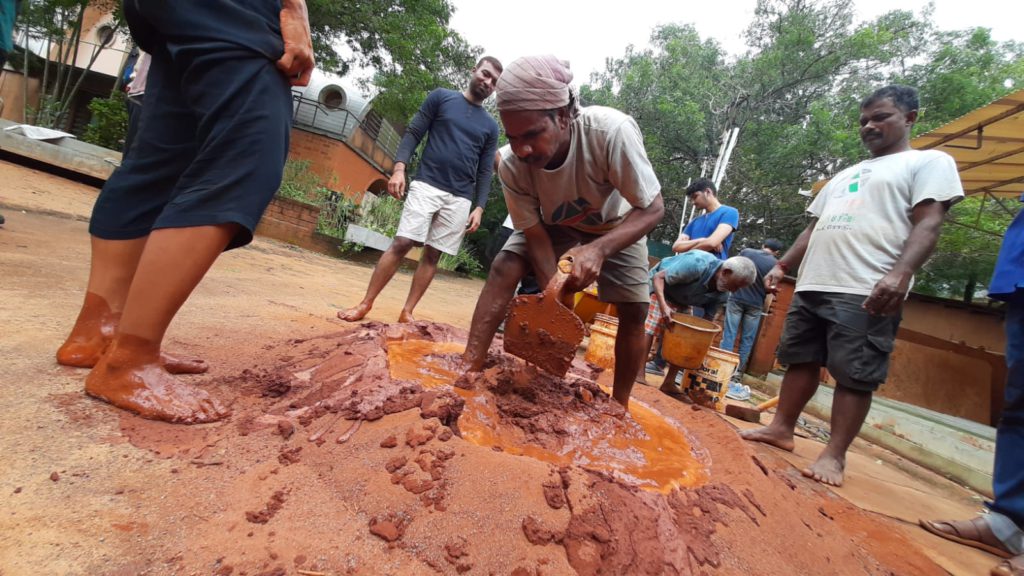Climate change has been creating havoc with our lives and this is resulting in everyone having sustainability on their minds. Many of us want to make a difference, do something to change the world. In every profession, people are looking for ways to integrate sustainability into their work. So why not in architecture?
Earth and bamboo have been used together for a wide range of traditional construction techniques in Southeast Asia. Key monastery in Ladakh, India, and Hakka houses in Yongding District, Fujian, China are some of the finest examples of local architectural wonders. They are locally abundant and affordable with a low carbon footprint. They can be used for crude self-construction or with highly engineered precision. Are earth and bamboo only materials of the past, or are they also materials for the construction of a sustainable future?
Key Monastery Hakka Houses
Before we can answer that question, we should also take into consideration the socio-economic impacts when working on sustainable projects. These can include the impacts on labor, laborers, and ethical construction practices. The local laws must support such initiatives: emphasis should be given on using locally sourced materials and to help people of the region. As earth and bamboo plants are readily available in South-East Asia, traditional constructions with the two materials were common in olden times. It didn’t cost much either, making it affordable for the common man.
The last workshop had participants coming from different corners of the world which led to a question that really struck me: what exactly does sustainability mean in different countries? Something that is abundant in one country may be rare in another. We understood that an out-of-the-box approach is essential in creating projects that are ecologically sustainable within their ecosystem.
As HH the Dalai Lama puts it “The natural environment sustains the life of all beings universally.” In the end it all boils down to a conscious effort to create harmony between man and nature. We are nothing without her.
This brings us back to our question, are earth and bamboo only materials of the past, or are they also materials for the construction of a sustainable future? Nothing can be more environmentally friendly than building with natural materials.
Auroville Green Practices can help you find your way to sustainable architecture. All you need is keen interest and a place to see it happening on ground. We have collaborated with Auroville Earth Institute & Auroville Bamboo Centre to understand the basics of sustainable architecture, step by step. This workshop will give you an idea about the relationship between ecological constructions and our environment both at a local and global level.
You will learn the traditional as well as modern techniques used in construction.
Even if you do not have a background in architecture and want to implement some of the practices in your garden, farm, or balcony, this hands-on workshop gives you some wonderful insights. When you go through the steps of creating a wall or a wooden bamboo hut, you will learn about, sourcing the material locally, developing skills to perform tasks, understanding ratios used to build a brick or a bamboo structure, being prepared to wield available tools and materials despite the risks and challenges they pose.
If the above information has sent your mind racing, visit our website to block your seats for the upcoming workshops. The workshops are held in the quiet environs of Auroville.

